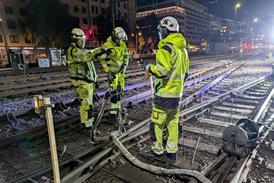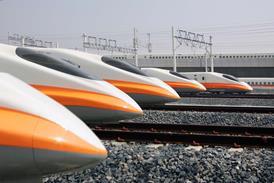Viewpoint: Attracting new passengers is more important than regaining those lost in the pandemic
By Yann Chermat, COO, Calypso Networks Association 2024-02-15T11:00:00

Transport ticketing in the post-pandemic world must be more agile, more pragmatic and more flexible so that transport operators can attract new passengers to replace commuters lost to hybrid working, says Yann Chermat, COO of the Calypso Networks Association smart card organisation.
Already have an account? LOG IN
To continue…
You’ve reached your limit of content for the month
Get enhanced access to Railway Gazette news and weekly newsletters.

For almost 200 years, the Railway Gazette Group has been the leading provider of news, analysis and intelligence for the international railway industry. Our independent and authoritative content is read by operators, regulators and the supply industry in over 140 countries using a variety of tailored subscription packages.
Site powered by Webvision Cloud



